Chichen Itza: The glorious historical city
Ever heard of Chichen Itza? If not, here is your free ticket to loads of interesting information. Chichen Itza was city built by the ancient civilization, the Mayans. It is rich in world history and many theories relate to this archaeological site of the Mayans. It is located in Tinúm Municipality of the Yucatán State in south of Mexico. Chichen Itza was voted ad the New Seventh Wonder of the World by the public in 2007 and was enlisted as a World Heritage Site in 1998. Chichen Itza means as ‘at the mouth of the well of the Itza,’ and it receives over 2 million visitors every year. This article is about this glorious city.

Do you have similar website/ Product?
Show in this page just for only
$2 (for a month)

0/60
0/180
Chichen Itza: The glorious historical city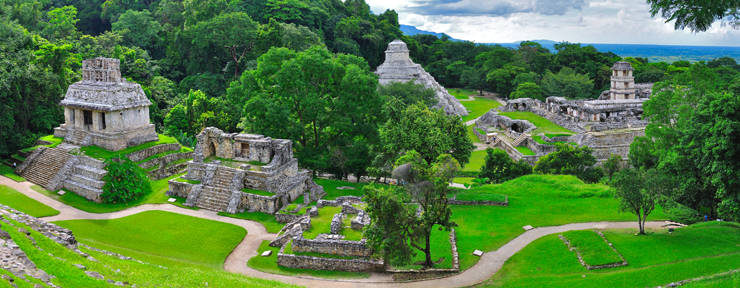
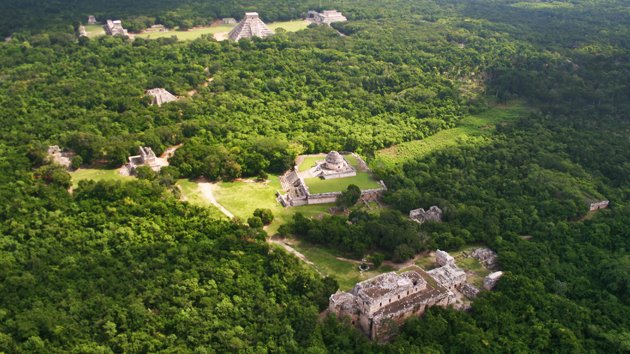
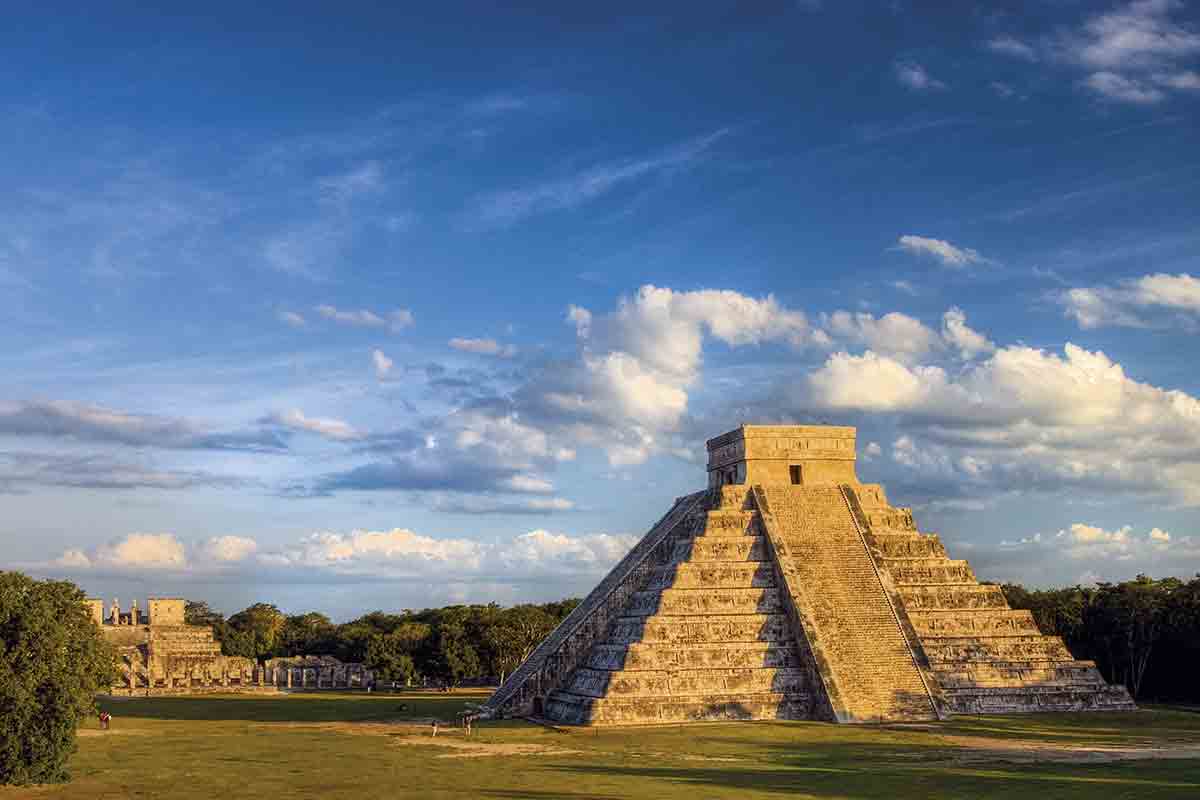
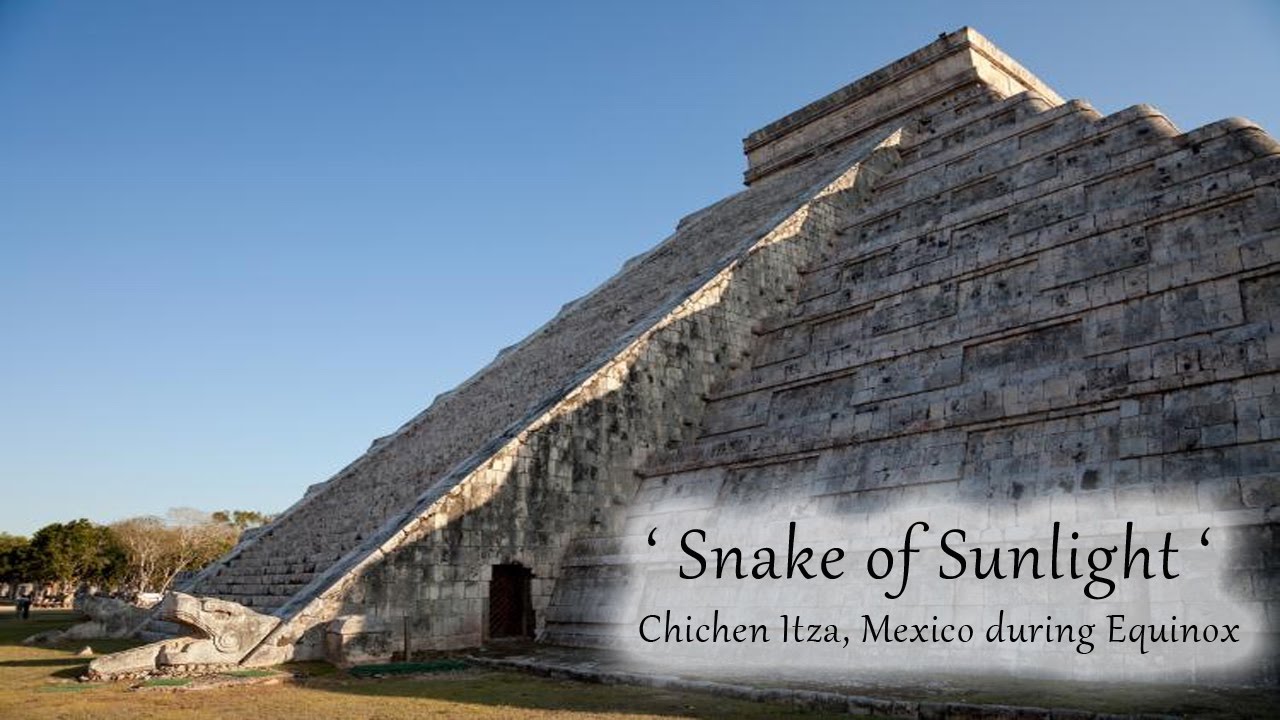
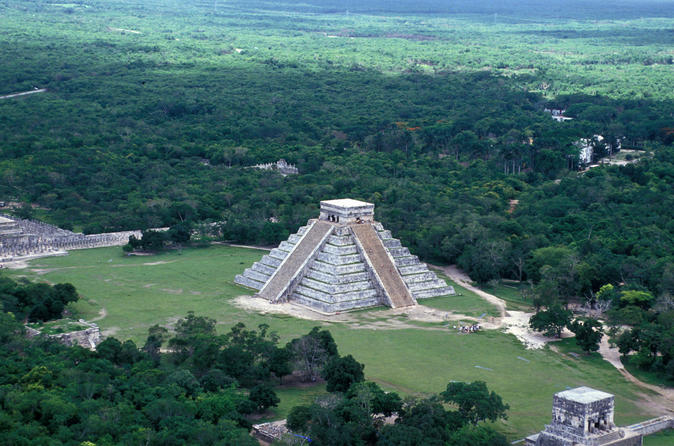
Ever heard of Chichen Itza? If not, here is your free ticket to loads of interesting information. Chichen Itza was city built by the ancient civilization, the Mayans. It is rich in world history and many theories relate to this archaeological site of the Mayans. It is located in Tinúm Municipality of the Yucatán State in south of Mexico. Chichen Itza was voted ad the New Seventh Wonder of the World by the public in 2007 and was enlisted as a World Heritage Site in 1998. Chichen Itza means as ?at the mouth of the well of the Itza,? and it receives over 2 million visitors every year. This article is about this glorious city.

It was the centre of the economic and religious life for the Mayans
Archaeologists believe that the city was a powerful economic and religious centre of the Mayans around the 600 AD. The fall of the city was noticed after the invasion of the Spaniards in the 16th century. The city exhibits a multitude of architectural styles, with mysterious remains. The design and layout of Chichen Itza was clearly well planned and builders constructed temples and pyramids in sets of clusters. It is believed Itza means ?water magicians?, deriving from the Mayan Itz for ?magic? and á for ?water?.

El Castillo or the Kukulkan temple is the main attraction
El Castillo is a step pyramid that stands about 30 meters (98 ft) high and consists of a series of nine square terraces, each approximately 2.57 meters (8.4 ft) high, with a 6-metre (20 ft) high temple upon the summit. At the base of the balustrades of the northeastern staircase are carved heads of a serpent. During the 1930s, the Mexican government sponsored an excavation of El Castillo. They discovered a staircase under the north side of the pyramid. By digging from the top, they found another temple buried below the current one. Inside the temple chamber was a Chac Mool statue and a throne in the shape of Jaguar, painted red and with spots made of inlaid jade.

The Equinox Serpent
During the spring (20th of March) and Autumn Equinox (22nd September), the sun rays create a shadow across the Kukulkan Pyramid that gives the appearance of a serpent slithering down the staircase. The feathered serpent, so prominently depicted at Chichen Itza, was introduced by the Toltecs, a civilization from the north of Mexico, in the 10th century.

Strange sounds are heard at Chichen Itza
Archaeologists have identified thirteen ball courts for playing the Mesoamerican ballgame in Chichen Itza,[51] but the Great Ball Court about 150 meters (490 ft) to the north-west of the Castillo is by far the most impressive. At the base of the high interior walls are slanted benches with sculpted panels of teams of ball players. In one panel, one of the players has been decapitated; the wound emits streams of blood in the form of wriggling snakes. If you clap once from one end of the Ball Court, it produces nine echoes in the middle of the court. Additionally, a clap in front of the Kukulkan Pyramid creates an echo resembling the serpent?s chirp.

Human Sacrifice was predominant at Chichen Itza
The Yucatan region is pockmarked with natural sinkholes, called Cenotes, which expose the water table to the surface. One of the most impressive of these is the Cenote Sagrado, which is 60 meters (200 ft) in diameter[56] and surrounded by sheer cliffs that drop to the water table some 27 meters (89 ft) below.
The Cenote Sagrado was a place of pilgrimage for ancient Maya people who, according to ethno historic sources, would conduct sacrifices during times of drought. Archaeological investigations support this as thousands of objects have been removed from the bottom of the Cenote, including material such as gold, pottery, flint, obsidian, shell, wood, rubber, cloth, as well as skeletons of children and men.
CONTINUE READING
Chichen Itza
Mayans
Chichen Itza History
Mayan History
the Great Court
Why is Chichen Itza famous? The City of Chichen Itza
Chichen Itza: The glorious historical city
Internet
News
International
History
Travel
Sandeep Semwal
Content Writer
